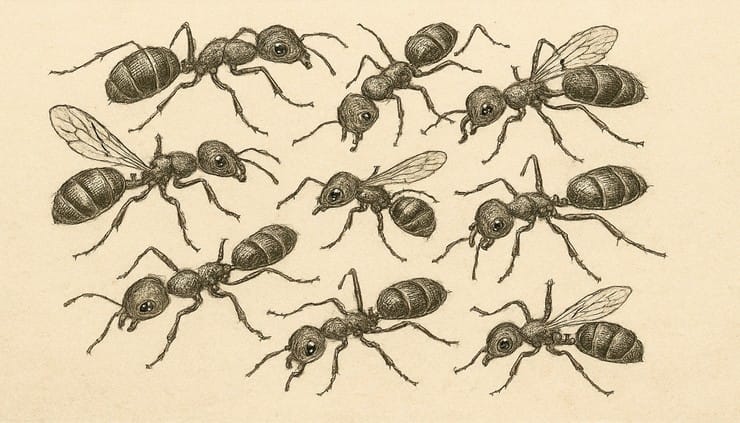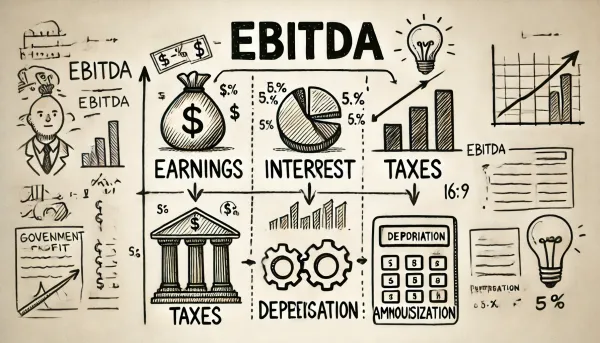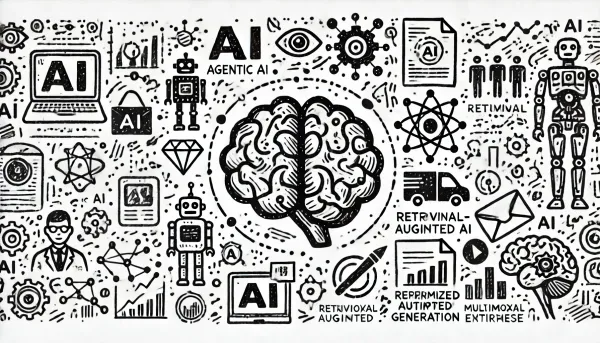What is so compelling behind a hype

Hype has a peculiar power over us—whether it's the latest technology like artificial intelligence or trending investments. Why are we so easily drawn in? The answer lies in a fascinating intersection of neuroscience, psychology, and social behavior.
The Dopamine Addition
To truly understand the power of hype, we must first understand dopamine, one of the most influential chemicals in our brains. Dopamine is a neurotransmitter—a type of messenger chemical that helps neurons communicate. Often misunderstood as purely a "pleasure chemical," dopamine is actually more about anticipation and motivation. It signals the brain when something potentially rewarding might happen, creating a sense of excitement, urgency, and expectation.
Imagine you're expecting a delicious meal or waiting for an exciting announcement—dopamine floods parts of your brain responsible for motivation and reward. This surge of dopamine sharpens your focus and increases your sense of urgency. It primes you to take action, making you more attentive and eager. Interestingly, the pleasure we feel from the actual reward (eating the delicious meal, hearing the good news) often doesn't match the intensity of anticipation created by dopamine.
Dopamine in the Age of Digital Addiction
In today's digital world, this neurological process has been hijacked by constant notifications, alerts, and updates. Social media platforms, apps, and news feeds are intentionally designed to trigger frequent dopamine releases. Each notification or "like" provides a small burst of dopamine, reinforcing our craving for continuous stimulation. Over time, our brains become conditioned to seek out these frequent dopamine hits, creating patterns similar to addiction.
When new technologies, investments, or trends emerge, they promise novelty, potential gains, and exciting possibilities. Each announcement or exaggerated prediction of the "next big thing" triggers dopamine release, intensifying our interest and creating a compelling urge to engage with the hype. This biological response makes rational skepticism difficult, leading us toward enthusiasm and optimism—even when caution might be warranted.

How Hypes are Created
Crafting the Narrative
Hype doesn't spontaneously burst onto the scene—it is meticulously crafted by those who benefit from its spread. Companies, marketers, and influencers strategically frame new technologies or trends with captivating narratives designed to intrigue and excite. Headlines filled with sensational claims and powerful imagery grab attention, tapping directly into our brain's dopamine pathways.
Influencers and respected authority figures significantly amplify hype. Their endorsements create an aura of credibility and desirability around new trends. When trusted personalities or experts show enthusiasm or confidence in something, it greatly reduces our skepticism, encouraging blind trust and rapid adoption.
Exploiting Cognitive Biases
Hype creators are masters at exploiting cognitive biases, particularly optimism bias—the innate belief that we are more likely to experience positive outcomes than negative ones. They emphasize the potential rewards while downplaying risks, enticing us with visions of easy success and quick gains.
Then, urgency and scarcity are fundamental to creating powerful hype. Limited-time offers, exclusive access, and countdown timers increase our anxiety about missing an opportunity. This manufactured urgency triggers a powerful psychological response, compelling quick decisions and immediate engagement without deep consideration.
The Fear of Missing Out (FOMO)
Fear of Missing Out (FOMO) is an intense anxiety driven by the idea that others might be experiencing rewarding events or opportunities without you. Rooted deeply in our social instincts, FOMO taps into our fundamental desire to belong and participate.
The Role of Social Media
Social media platforms have drastically amplified FOMO. Constant exposure to curated highlights of other people's lives—whether they're attending exciting events, acquiring new technology, or achieving success—creates the illusion that everyone else is moving ahead faster than we are. This can evoke feelings of inadequacy, anxiety, and urgency, compelling us to take rapid action, often bypassing careful consideration.
FOMO triggers powerful emotional responses, including anxiety, jealousy, and dissatisfaction. These emotions not only make us vulnerable to impulsive decisions but also contribute to ongoing stress, negatively affecting our overall well-being. Marketers and trendsetters exploit this emotional vulnerability, presenting their products or trends as essential experiences that shouldn't be missed.
Social Validation and Peer Pressure
Humans naturally seek social validation. When we see large groups embracing a new technology or trend, our desire to conform and not be left behind grows significantly. This form of social proof provides implicit reassurance that following the crowd is the correct decision, intensifying our susceptibility to hype and reducing our critical evaluation of risks.

Complexity as Sophistication
Complexity often implies sophistication. People naturally associate complex ideas with advanced thinking, innovation, or higher intelligence. When we encounter something difficult to fully grasp, such as artificial intelligence or blockchain, we tend to attribute greater value, credibility, and potential to it.
When faced with complicated topics, most individuals quickly defer to perceived experts. The assumption is that complex subjects require specialized knowledge, making us hesitant to challenge or question expert opinions. This deference reduces critical thinking and opens the door to exaggerated claims or promises.
The Appeal of Magical Thinking
Complexity allows room for magical thinking, where outcomes seem almost miraculous due to our limited understanding. Hype often exploits this gap, making grand promises appear plausible simply because we can't easily refute them. We become inclined to believe in exaggerated or even unrealistic results, drawn by the allure of simplicity hidden within complexity.
Conclusion
Understanding why we succumb to hype empowers us to approach new trends more thoughtfully. By recognizing the neurological, psychological, and social dynamics at play, we become less susceptible to manipulation and better equipped to engage critically with emerging trends. To deal effectively with hype:
- Question bold claims critically and seek evidence.
- Limit exposure to sensationalist media and notifications.
- Recognize emotional triggers like urgency and FOMO.
- Take your time before committing to trendy ideas or products.
- Consult multiple sources and expert opinions to balance perspectives.
Cultivating awareness and skepticism helps us resist impulsive decisions and engage more meaningfully with the complex world around us.



